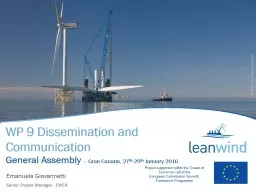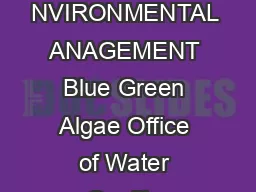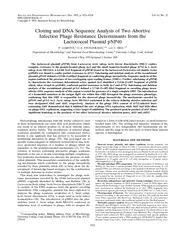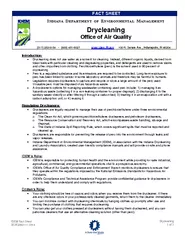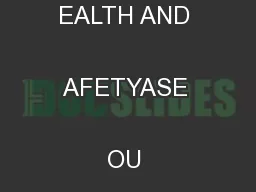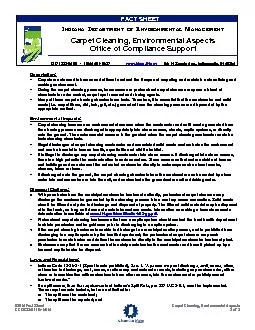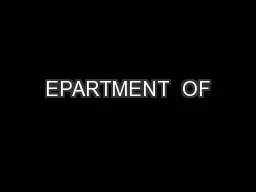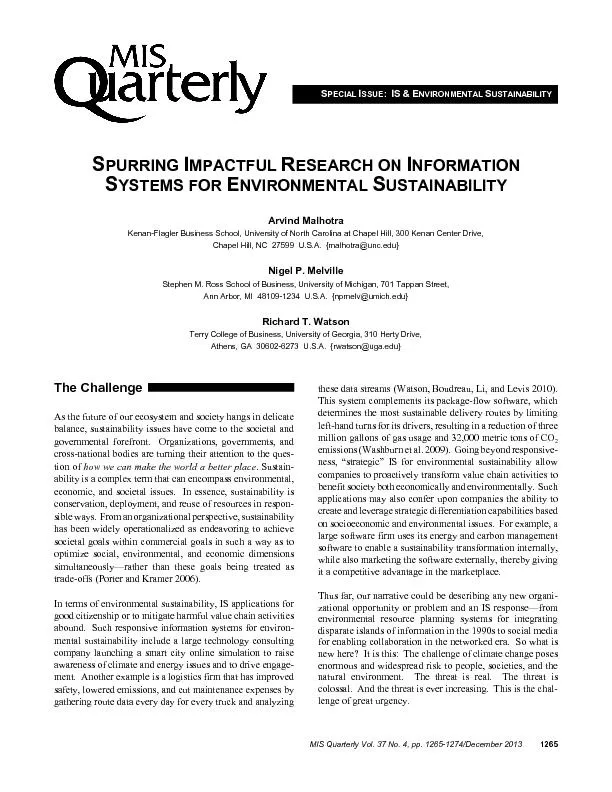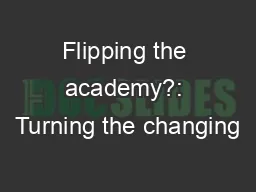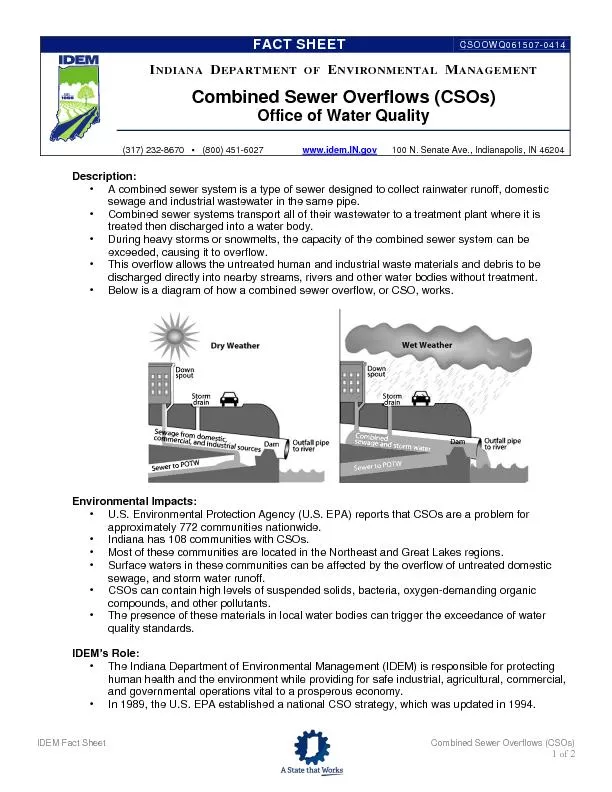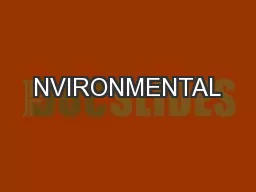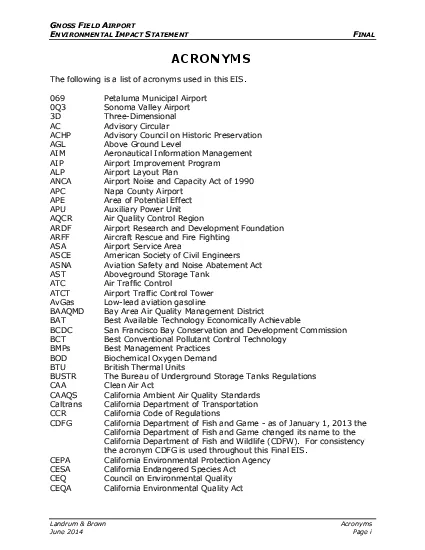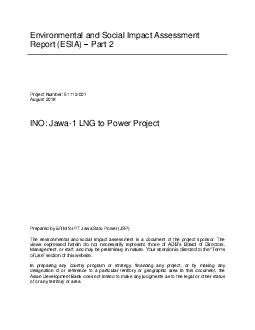PPT-E nvironmental and
Author : yoshiko-marsland | Published Date : 2020-01-16
E nvironmental and nontechnical impacts of lean principles applied to offshore wind farms 20 th June 2017 Mihaela DRAGAN Environment amp Planning Analyst WindEurope
Presentation Embed Code
Download Presentation
Download Presentation The PPT/PDF document "E nvironmental and" is the property of its rightful owner. Permission is granted to download and print the materials on this website for personal, non-commercial use only, and to display it on your personal computer provided you do not modify the materials and that you retain all copyright notices contained in the materials. By downloading content from our website, you accept the terms of this agreement.
E nvironmental and: Transcript
Download Rules Of Document
"E nvironmental and"The content belongs to its owner. You may download and print it for personal use, without modification, and keep all copyright notices. By downloading, you agree to these terms.
Related Documents

